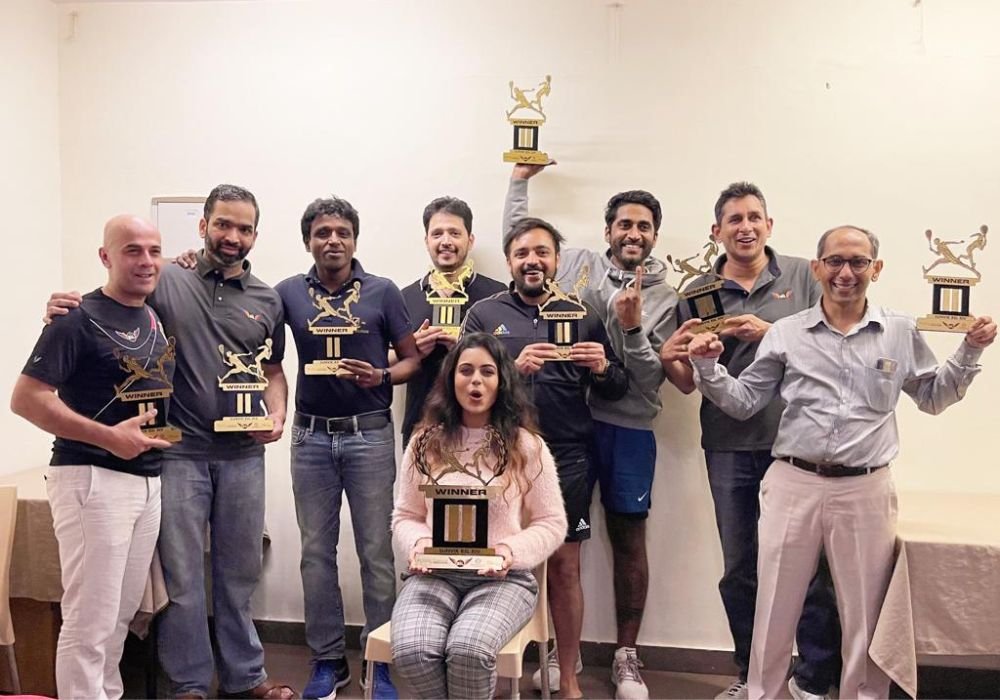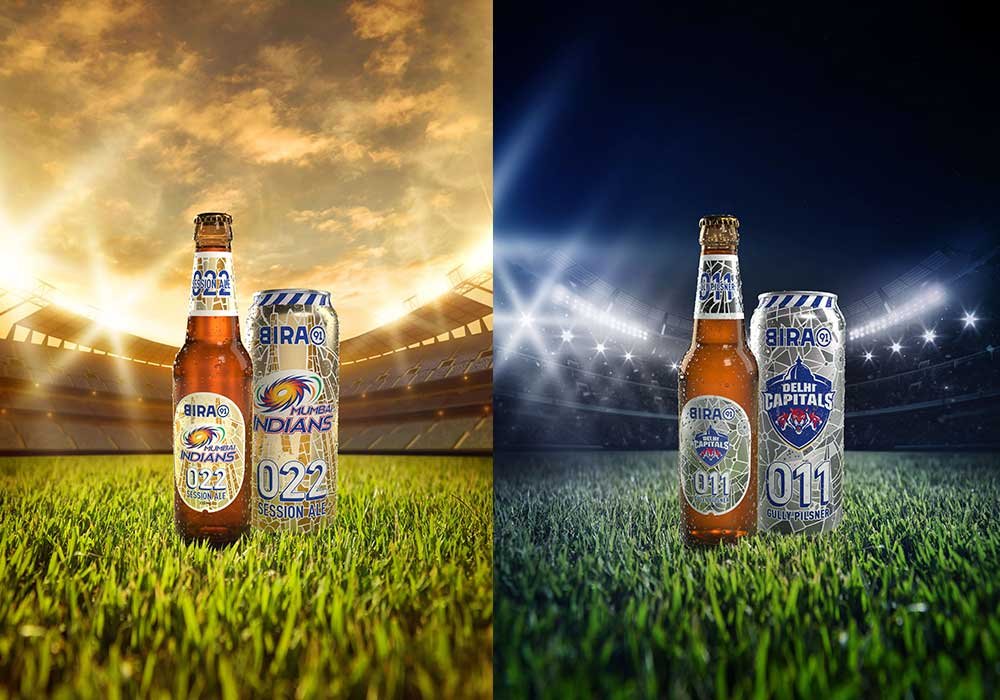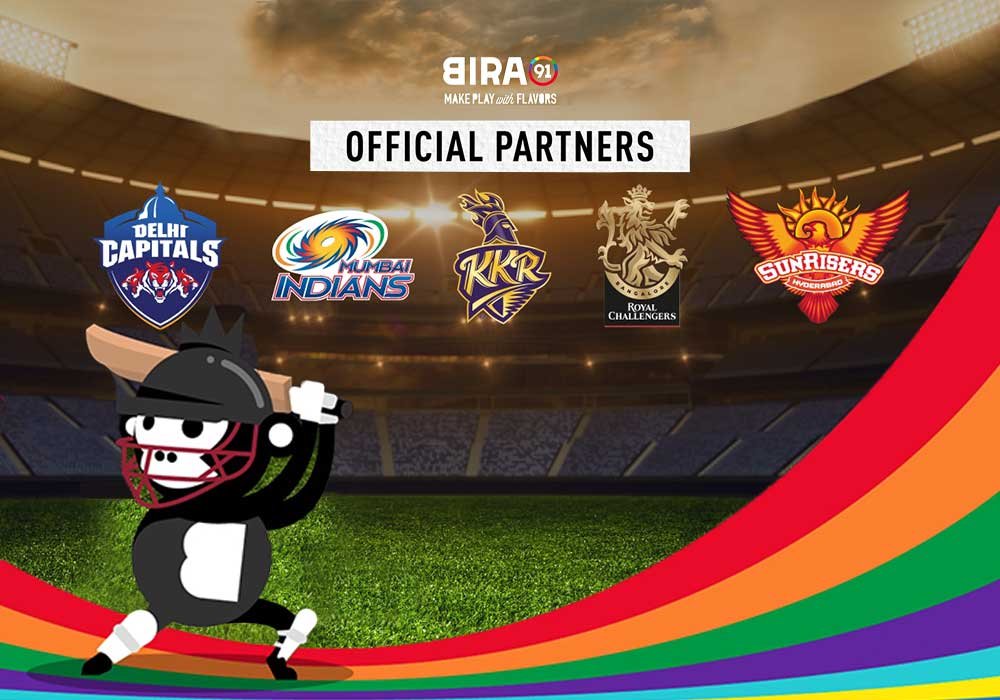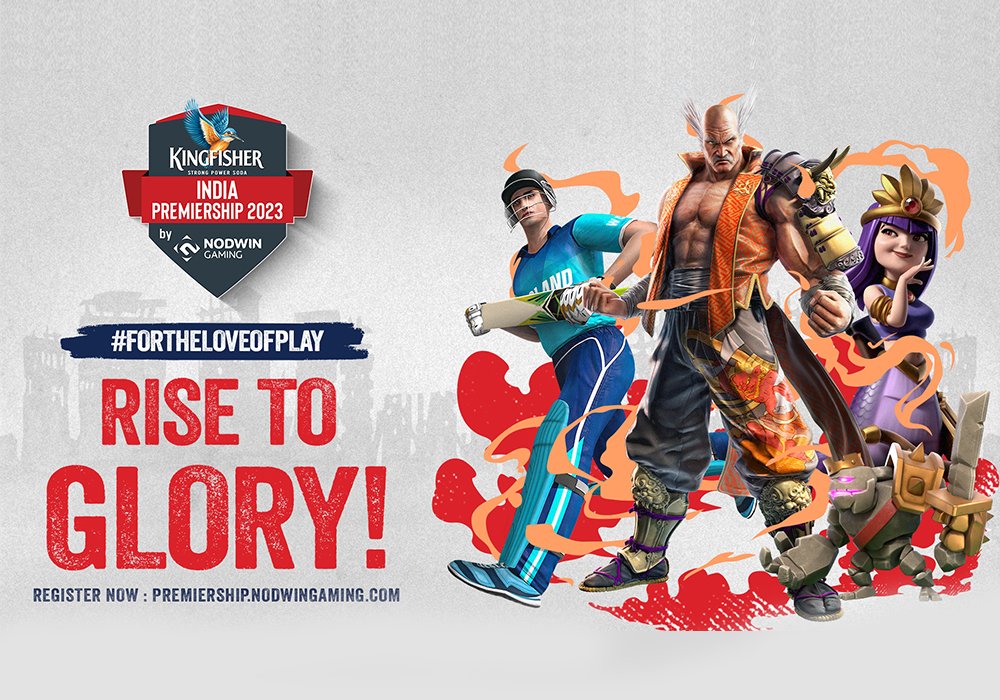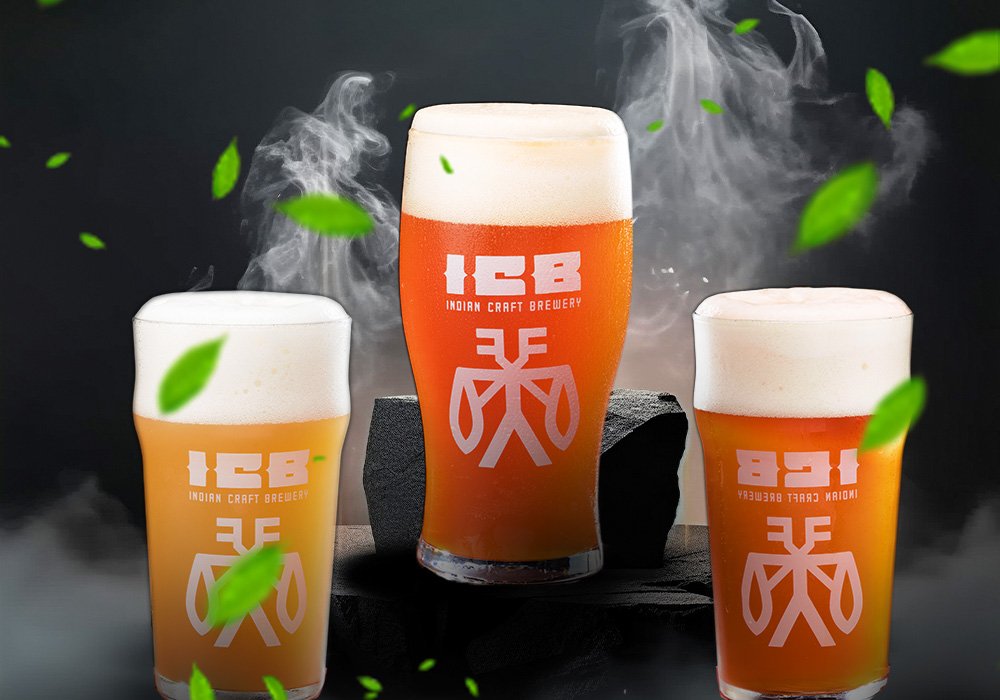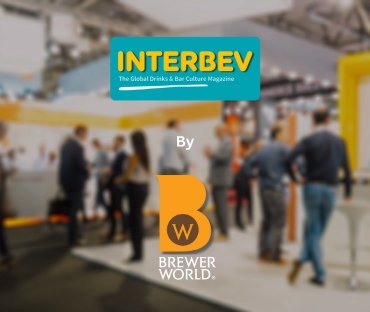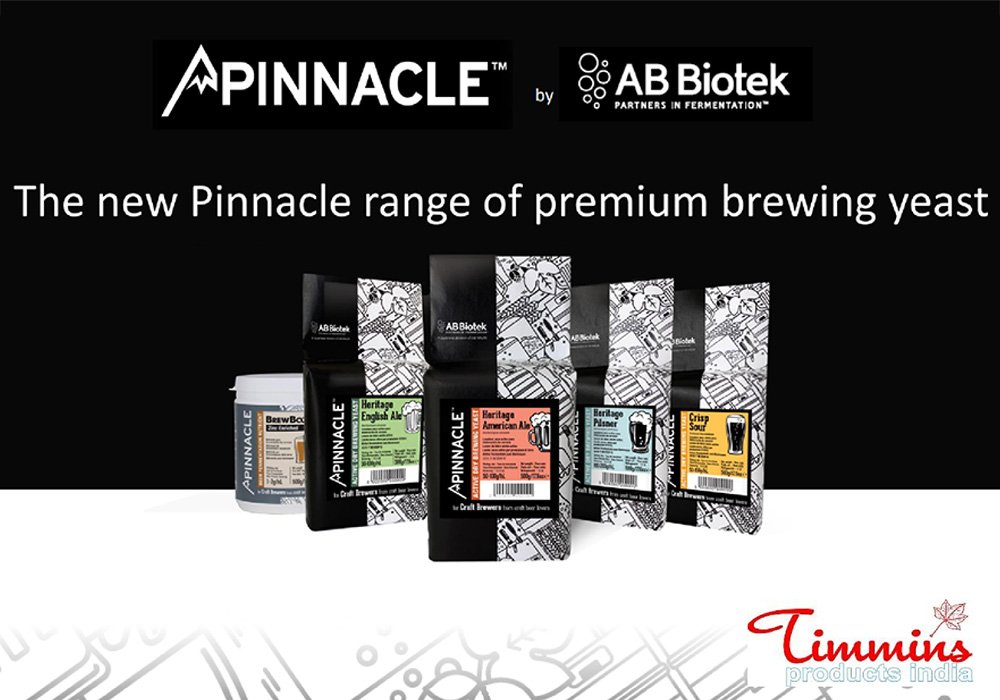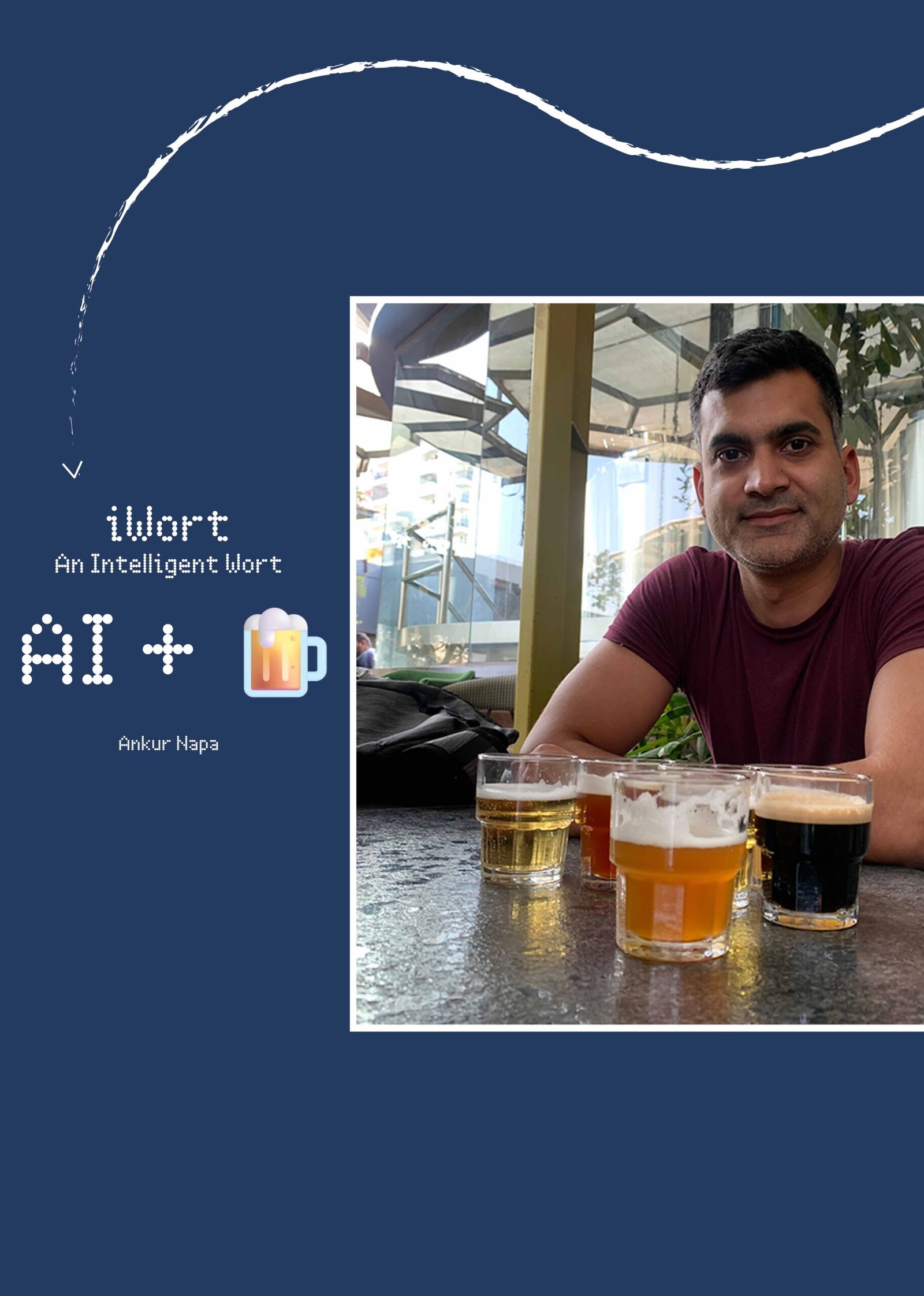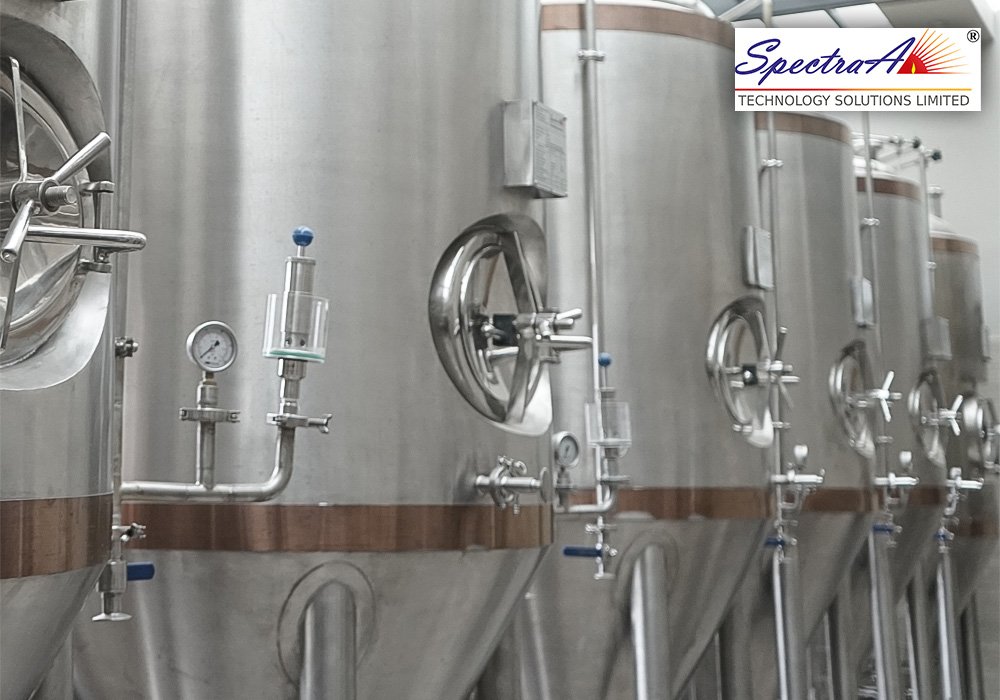
Utkarsh Singh
Founder & Director of Design, Hyphen Design
 When opening a brewery, it’s important to identify what sets you apart from the other 99 already existing breweries. Your business proposition might be a good one, and the beer is fantastic, but neither matter if your product or position if no one knows about it. ‘Doing business without good marketing is like winking at a girl in the dark. You know what you’re doing but no one else does’.
When opening a brewery, it’s important to identify what sets you apart from the other 99 already existing breweries. Your business proposition might be a good one, and the beer is fantastic, but neither matter if your product or position if no one knows about it. ‘Doing business without good marketing is like winking at a girl in the dark. You know what you’re doing but no one else does’.
Since 1999, Hyphen Strategic Design has helped businesses both big & small establishments find an identity, create an edge through design and engage and retain customers through fresh storytelling. There have been path breaking business & brand ideas, responsive websites that challenge technology frameworks and yet deliver innovative experiences across devices, unique events & branded experiences across all kinds of media. Recently venturing into the beer market, Hyphen Strategic Design completed the marketing & branding of XOOX Brewmill located in Bangalore. Sneha Nair, in conversation with Utkarsh Singh, Founder & Director of design at Hyphen Design, about their experience working on a microbrewery.
When and how did you start a career in design?
I studied architecture for my bachelor’s degree. And during graduation itself, I was very interested in the world of story-telling for businesses and brands. This led to my choice of a PhD level topic - Context and Identity: The symbiotic relationship (with the study period restricted to post-industrial world). Selection of the topic was also led by an anxious search for my own design style. My thesis guide and other professors were unable to help me with such a deep topic and I was lost. However, my encouraging parents supported my research that I extended to 3 years instead of the stipulated 6 months. During this period I lived in Delhi, Mumbai, Pune, Goa, Bhopal and Bangalore. The time in various cities was spent meeting as many senior artists and architects I could, as also in visiting architectural landmarks, museums and art galleries to expand my awareness of application and execution of things in the real world.
Eventually I joined some of my close friends in Bangalore to kickstart my career as I really appreciated this city, it’s people, the weather of course and the overall quality of life it offered in 1999. My first and only job was at a cutting edge internet school called ZAP, which offered courses in digital media and building e.commerce website. I joined this school as a Graphic Design Teacher, within a quarter I was heading their South India business. Ethical clashes with the management led to my quitting this job and the realisation that it would be best if I ran my own business, there would never be conflict of values or any other kind. In the next phase, lasting approximately 12 months, I started an e.commerce venture, focussing on architecture community and the real estate and construction sectors, funded by family and family friends. Hyphen Interactive was born, and it grew to a team of about 25, but the venture folded as the dot com bust of 2001 arrived. I retained most of the team and switched from an e.commerce startup to a design and consulting firm model.
Over the last 19 years, over a 100 people have worked at Hyphen Design Pvt Ltd and most of the ex-employees today work at leading Indian and MNC businesses like Amazon, Flipkart, GE, Logica CMG, Wipro etc in both India and at International Locations. Some of them have also gone ahead and started their own businesses and entrepreneurial careers.
Why did you start Hyphen Strategic Design? How did you go about the same? Tell us about a couple of your first experiences?
The world of graphic design, brand identity and marketing was already of interest to me since the college years. Time spent at ZAP internet school further refined my capability and knowledge in this space. A whole lot of friends at that time in Bangalore were working at some of the leading global advertising agencies. It was great to learn how and what these agencies did for their clients, but somehow, I was not entirely convinced about creating communication that would usually be sugar-coated and often far from the real truth of a product or service. I believed in the power of good, honest copy and minimal design. And what fresh and crisp storytelling could do for a B2B or B2C business. The first couple of years were tough of course, as we were not known in the market and resorted to aggressive cold calling various businesses in Bangalore. Most of these were traditional manufacturing and services businesses as the IT boom was yet to explode here. There was a mixed bag of experiences, some not so pleasant engagements and some delightful clients with whom we work even today.
Since those days, hyphen has worked a lot with growing B2B businesses from fashion, real estate and infrastructure segments and they still constitute the largest percentage of our clients even today.
Does your background in Architecture, contribute to your work?
It definitely does. There are projects that involve working with the architects and / or interior designers to shape a space and collaborate on art and other elements to enhance or accessorise. And for real estate clients we advise on product configuration as well as on form, function and aesthetics. Direct usage of architectural background comes in handy in exhibition design, visual merchandising, retail design and way finding projects. For a brand that needs to build a chain of stores / fitness centres or any other format of product / service retail, we work with the architects to evolve the look in line with the brand personality and market positioning. I think architecture is a very robust mother course in creativity, and many architects diversify in to other creative careers while still leveraging what they learn in the architecture school.
What services does your agency provide/offer to potential clients?
At Hyphen Design, we classify our services as Strategy, Design and Digital. We start working with our clients during the conceptualising stage of a product / service itself. Most of the key strategic and creative inputs come in at this stage, to help shape the market offering. Once the foundation of a brand is created, it’s all about extending the story in a fresh and compelling way across various media.
Under design, we take up graphic design (for both, above and below the line communication), packaging, exhibition and retail space design. And in digital services, we design UI/UX for websites and apps, and for managed clients in long term engagements, we also handle their social media marketing.
Completing the branding for XOOX Brewery& Kitchen – what was the biggest challenge of working with a company of this nature?
XOOX is a very special project for us. We started working with the founder Rekhansh Karamchandani approximately a year back on this. One of the biggest challenges was to come up with a unique name for the project that could bring together all the key components of the offering as well as convey the brand ethos. A usual challenge with naming is the availability of domain name and social media handles. Also, we did not want our customers to call it ‘X’, ‘O’ or ‘X’, ‘O’, ‘O’, ‘X’, or even ‘X’, ‘O’, ‘X’, ‘O’. The correct pronunciation for the brand is ZOOKS and as per the response till date, we believe we have succeeded in establishing unified usage of the name. And with a name like XOOX, it was easy to get simple and short website name and social media handles.
A common practice in the industry is to use names people notice for F&B brands when they travel abroad. With XOOX, we have managed to create a unique brand name not used anywhere else in the world.
What was the creative strategy behind XOOX?
XOOX stands for ‘Xtra-ordinary Xperiences only’. This is inspired by two threads. One being the unique product offering that XOOX brings to its consumers. The second is from the brewing heritage in Europe, where Cognacs use terms like VSOP and XO. We started with XO and then wanted to avoid the hugs and kisses connotation and also a two-letter name cannot be trademarked. Hence arriving at the afore mentioned meaning of XOOX. The mirror image placement of the four letters in four quadrants also allows us to playfully use the logo for various campaigns and creatives. Some of those can be seen on the Instagram handle of XOOX: @XOOXBLR or at www.instagram.com/xooxblr.
Talk to us about your experience creating the campaign for XOOX? How did you zero in on this creative idea and what was your vision behind it?
Once we hit on what we think is a winner of a name, the next step was to find a unique descriptor. We did not want the commonly used terms like Brewery, Microbrewery or Brewpub. The craft beer is the leading hero component of XOOX, but very close to it are the unique food offerings and a well planned out entertainment calendar. The brand ethos of delivering a great experience to its customers in the unique design of the space needed much more than regular terms. At this point is when the founder, the project architect and us hit upon ‘BREWMILL’ as the name extension. It was fresh and unique, and also conveyed the design character of the space. The XOOX site was not built afresh from scratch, it is an adaptive reuse or re-architecture of what was earlier a production mill. The mill character has been infused in various design elements of the space. And it also inspired the copper tone chosen as brand’s primary colour.
What made working on XOOX unique for you?
Creating a new brand identity is usually a long and arduous journey. The various key stakeholders of the project dig deep within to find the brand truth. Closer the match or overlap in what each stakeholder of the team thinks the brand is, easier it becomes to create a cohesive image. And hence the team chemistry and closer levels of individual awareness are of great importance. Working on XOOX has been a joy as we enjoyed all of the above with the founder Rekhansh Karamchandani and being on the same page with the project architect Jatin Hukkeri of WAD Design.
What metrics are important to you as a creative director?
There are 3 things that are primary in my approach for any project. First, is to find total unity in the vision of a business owner/s and its creative interpretation for the consumer. Second, is to stay honest to the product / service and what it presents or says to the consumer. We notice creative brilliance from across the world all the time, I think it’s important to not waiver when you suddenly find a hot new font or any other creative idea. We are tempted always with, let me use this or that in my next project. It’s tough, but we should maintain the integrity of a brand, down to the smallest detail. Third, is to work and create in unison with what’s good for the community and our only home, mother earth. At hyphen, we have worked a lot with social good projects and we are increasingly working with more conscious businesses and clients. It’s great to see so many exciting new ideas coming about that have earth and community friendliness built in to their DNA.
Talk about the importance of brand management? Why do you think is important?
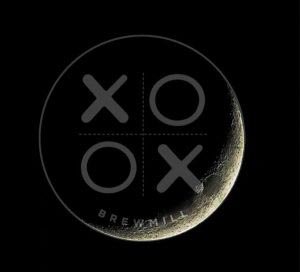 Brand Management is very essential for the growth of any business. The identity creation of a brand is only the beginning point, whereby all assets created are with an aim to deliver a specific identity to its consumers and to occupy a particular space in the consumer’s mind. Identity Assets however are constant for a long term. Going forward, every single thing the brand does, be it in ATL, BTL, Digital, Events or the real customer experience, even an interacting with the brand on phone; they all either supplement the original intent of the identity or dilute it.
Brand Management is very essential for the growth of any business. The identity creation of a brand is only the beginning point, whereby all assets created are with an aim to deliver a specific identity to its consumers and to occupy a particular space in the consumer’s mind. Identity Assets however are constant for a long term. Going forward, every single thing the brand does, be it in ATL, BTL, Digital, Events or the real customer experience, even an interacting with the brand on phone; they all either supplement the original intent of the identity or dilute it.
Sharper the definition of the brand in the consumer’s mind, higher are the chances that it can convert its loyal customers in to brand ambassadors.
What are some of your favourite marketing campaigns? What makes them stand out?
With so much amazing work coming out from every part of the world, it’s very difficult to pick out just a few campaigns. Top of my mind is the #SheDrives campaign this year by Nissan. To mark Saudi Arabia’s historic decision to permit women to drive, Nissan invited women to a special driving lesson. Only this one was with an unexpected instructor. Fathers of these women were invited quietly to be their driving instructors. Campaigns with a real experience woven in always deliver the highest impact, otherwise the brand is just having a monologue, be it through outdoor, print or digital. Another favourite is the long running Jaago Re campaign by Tata Tea that has social good built-in to its DNA.


